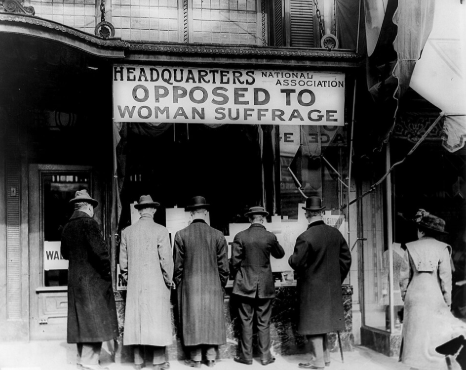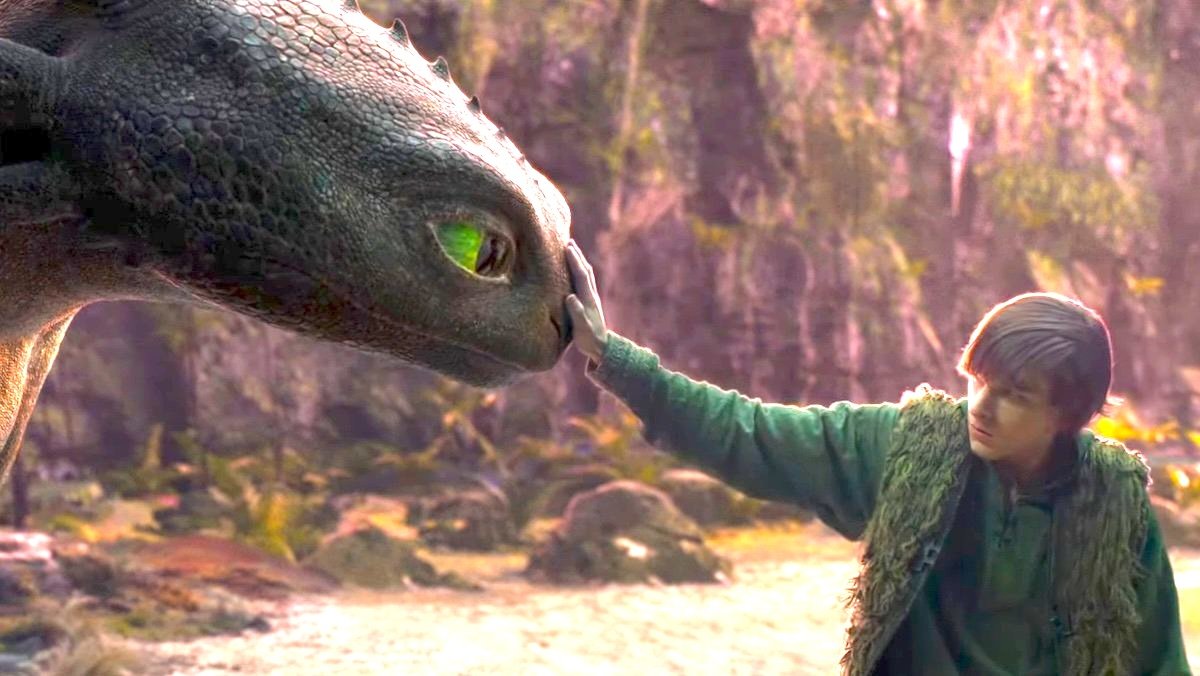Dreamworks decided to break their flow of animated movie projects with a sneak peek trailer for their upcoming film: a live action adaptation of How to Train Your Dragon. The announcement sets the stage for the studio’s plunge into live action remakes, another step closer to what fans anticipate is the death of Dreamworks’ reputation and what the future of the animated film industry could look like within the next decade.
Dedicated fans display their frustration with the decision to recreate How to Train Your Dragon for many reasons. Sophomore Evangeline Vaona voices her concern, commenting, “As a long-time fan of the franchise, I don’t think this movie will add anything substantial to the franchise. The franchise has three movies, five specials, three TV series, a play, and seven videogames. Not to mention, an entire book series that the franchise is very loosely based on.”
Prior to the announcement, Dreamworks was a studio best known for their animated movies. Everyone is bound to have watched at least one of their movies, whether they realize it or not. After all, they’re the studio behind movies like Shrek, Kung Fu Panda, and Trolls, among others. The success of their movies has varied, though, and not every project is seeing the success producers hoped to make in terms of box office revenue.
It’s not just Dreamworks going through this dilemma. In recent years, notable movie studios have leaned towards live-action remakes of their beloved older films, particularly animated classics. For Disney specifically, their last couple of original projects have seen mixed degrees of success. The studio’s more recent animated films, Strange World and Wish, did not make enough box office profits to surpass their budgets. This raises an important question: is “cartoony” animation falling out of style? Well … no, not at all. In fact, there is definitive proof traditional animation isn’t what restricts these projects from flourishing. Films like Puss in Boots: The Last Wish and Spider-Man: Across the Spider-Verse saw massive praise and revenue despite being animated movies.
With the uncertainty of whether Dreamworks’ animated projects will make a profit or not, the company made the decision to play it safe; reuse their old successful projects. CNBC sums this up well, stating, “What is, perhaps, most notable about Disney’s live-action remakes is how much of the ticket sales were generated from international markets. Universal not only has proof that live-action remakes can dazzle at the domestic box office, it also can see they will likely capture international audiences as well.” In other words, there’s considerably less risk in live-action movie remakes. Dreamworks, along with other big studios, know these films are guaranteed money makers based on the success of movies in the live-action genre to begin with. Because of this, “more and more large production studios are moving towards outsourcing, AI, and remakes. I feel that in the future, this live action remake of How to Train Your Dragon will be one of many on a long list describing the downfall of the animation industry,” says Vaona.
While there has been remarkable improvements in the diversity of animation techniques and storytelling within the animated movie genre, it goes without saying that there’s also a regurgitation of past accomplishments under the guise of a “new” film. The abundance of live-action movies should be a tell tale sign of the lack of creativity to come in the next few years.







































